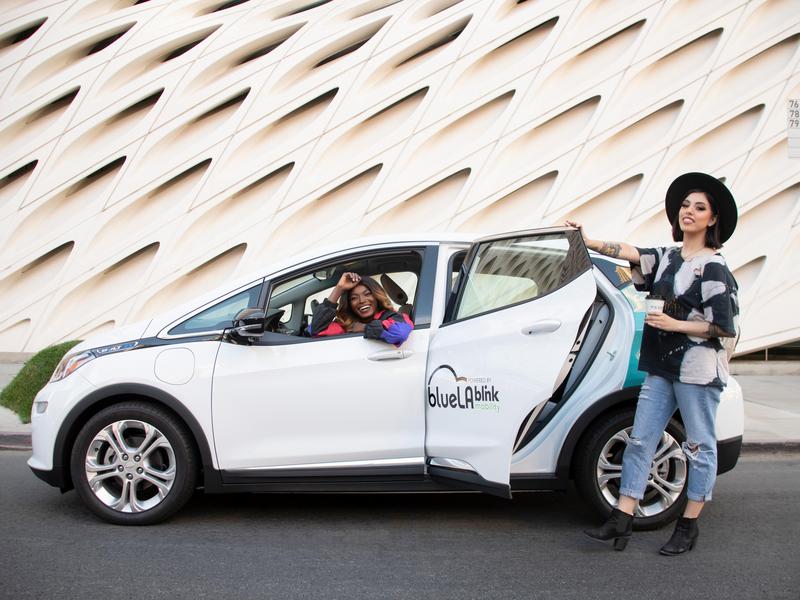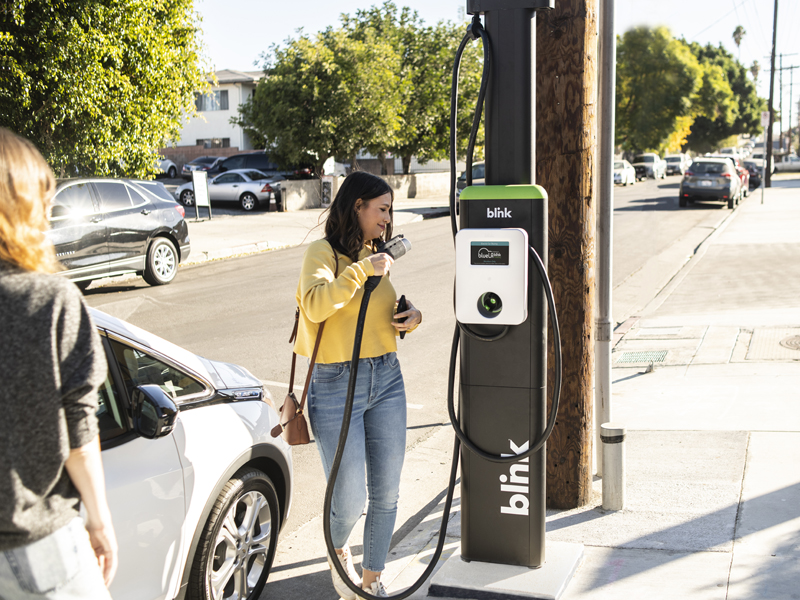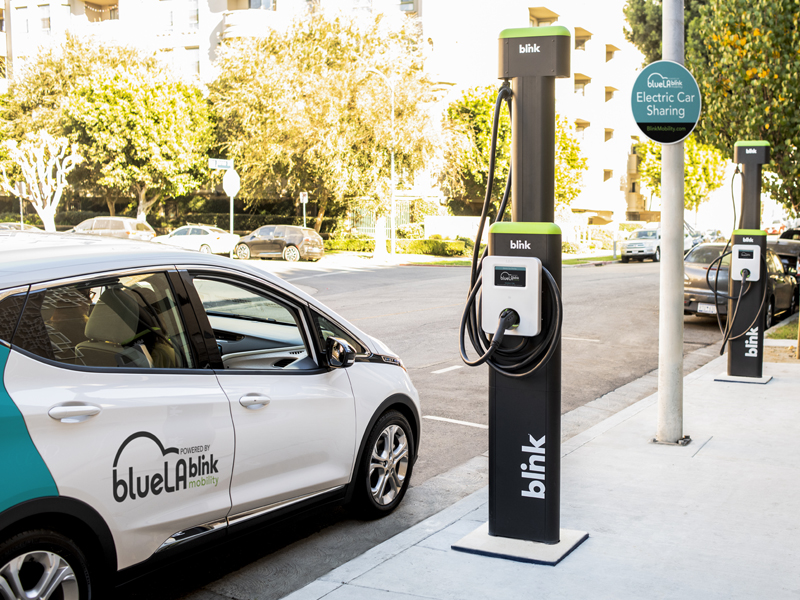EVs always prove a better buy in the long run, but what if the there’s a car you wished was electric but it’s not?Another option is to convert an internal combustion engine into an electric one. Sound impossible? It’s not, and businesses have been quick to realize the opportunity and help you do just that!
Businesses That Will Convert Your Gas Vehicle Into an EV
According to enrg.io, some of the most popular conversion companies include Green Shed Conversion in Florida, Zelectric Motors in California, EV4U Custom Conversions, and Atlanta Electric Car Company. One of our favorites is the passionate team at Bisimoto Engineering, who have gone from working exclusively on ICE cars to being one of the teams leading the charge of EV conversions in Ontario, California. Bisi and his team have converted all kinds of ICE cars, classics and top of the line models like his Porsche K3V. He shared with us that “electrifying a fossil fuel propulsion vehicle can transform a gas guzzling, inefficient, and/or unreliable car into a fun, maintenance free automobile. The immediate torque provides a ton of ‘smiles per mile’ and drivers can explore amazing performance without the guilt of emanating harmful greenhouse gases.” Cars can be converted for many reasons, including keeping a car that means a lot to you, but making it electric, or experimenting with electric performance. Reduced fuel and maintenance costs can make the conversion worth it. Currently, there are no incentives in the U.S. yet, but they may not be far behind.

Another Choice? DIY
If you know something about cars, or want to hire a private mechanic, however, the conversion process can be easier and cheaper. According to Treehugger.com, “Basically, electric conversion involves removing the entire internal combustion engine from a vehicle, installing an electric motor in its place, and also adding a large bank of batteries.”
The best donor cars are light with a manual transmission, such as the old Rabbit, Civic, Sentra, Escort, or a light pick-up truck. The article goes on to state, “There are two types of electric conversions kits available: custom kits that are tailored to a specific vehicles models, and universal kits that can be installed in a variety of vehicles.”
According to motor1.com, mechanics can convert their own EVs using the following steps: The first step, of course, in conversion is to take out all the hardware necessary for a gas-fueled vehicle, such as the engine, fuel tank, muffler, exhaust, starter, and radiator. The motor will be replaced by an electric motor. Needing to replace the engine again after that is rare as it is likely to have an indefinite life-span. The size of the engine is your choice.
Some mechanics use lead-acid batteries, which are often used for golf carts, while others go for lithium batteries, like manufactured EVs contain. Very high quality batteries however can significantly increase range. Some DIYers insist on Tesla parts.
Mechanics will also need a power regulator to regulate the power between the battery and the motor, a charging system to replenish the battery, and other parts for things like air conditioning, heating, or power steering.
Requirement for registering the project as road-worthy differ by state, but most green states, such as California, make it as easy as possible to drive converted EVs on the road.
Most industry leaders suggest it’s cheaper and significantly easier to purchase a used EV, but auto enthusiasts, such as those eager to save an old sports car, may enjoy the process.
With the popularity of EVs on the rise, and the availability of high-quality parts, if you want an EV and enjoy DIY, auto conversion may just be your next successful project. For useful tips and inspiration for all auto enthusiasts, check out our friends at Bisimoto Engineering.
Recommend for You
Stay Informed
Join our mailing list for hot news and company updates.







